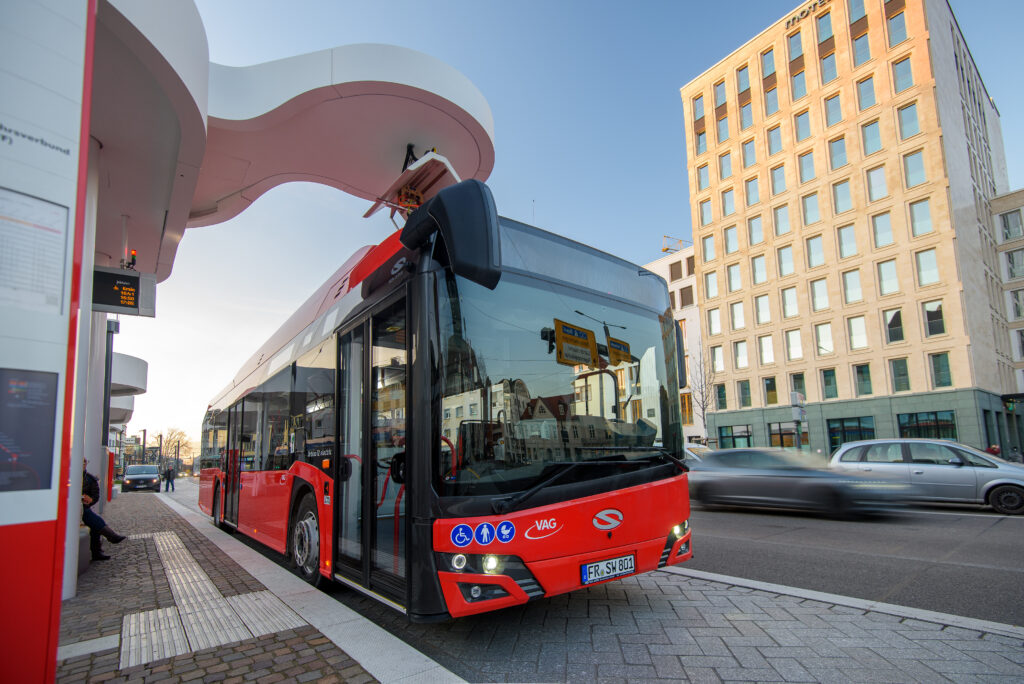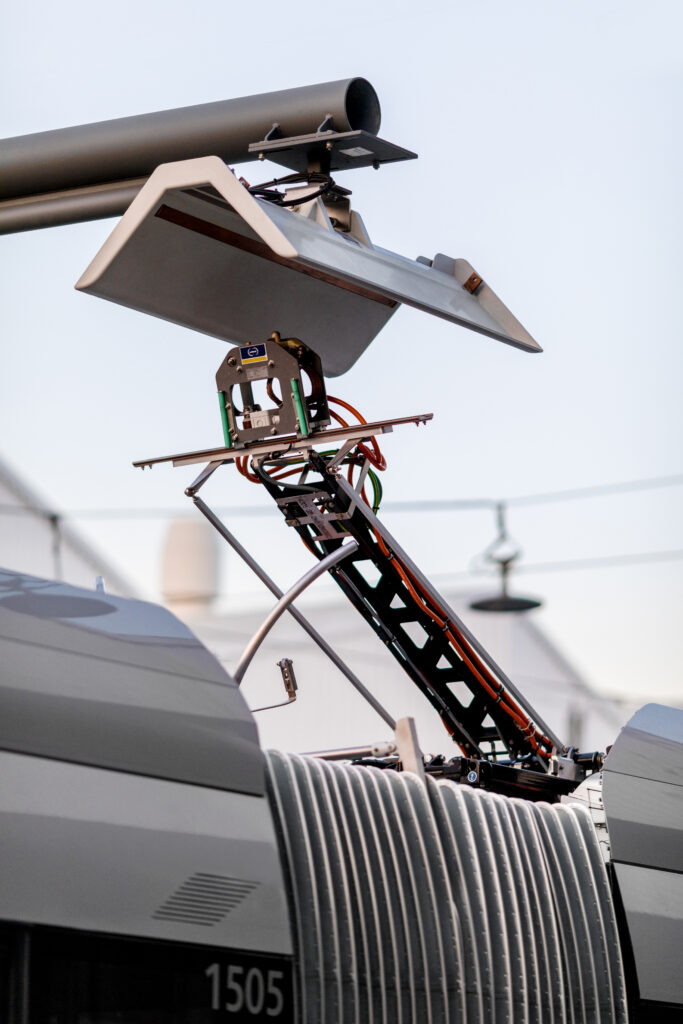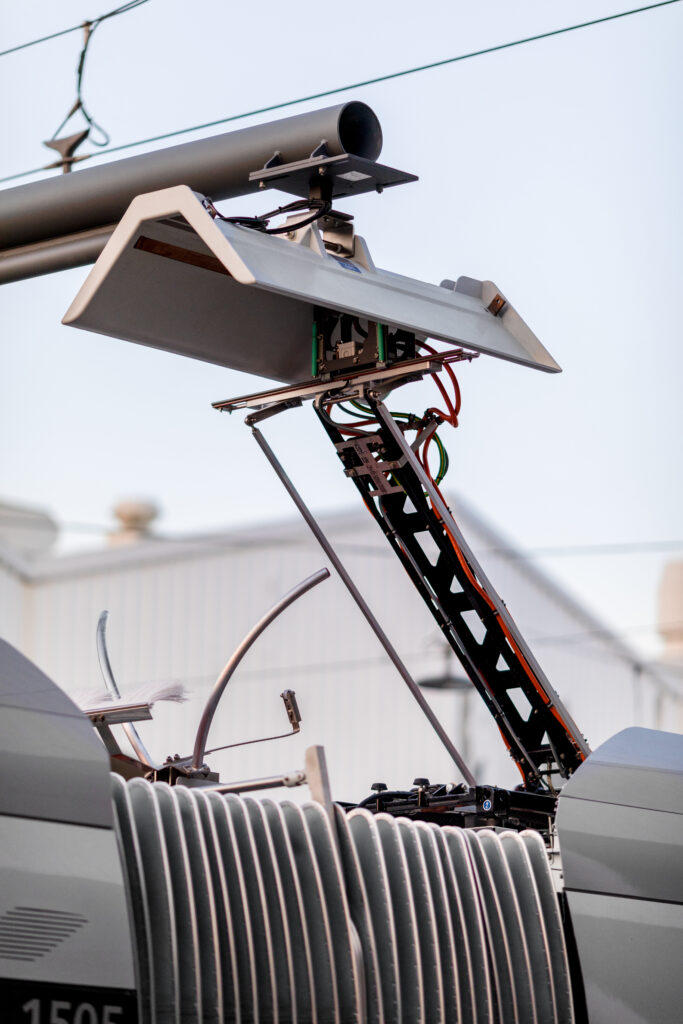ISO 15118 – the communication standard between bus and charger
ISO 15118 is a common language for information exchange between an electric vehicle and a charging station, streamlining communication.

What is electromobility?
What is electromobility, otherwise known as e-mobility or electric mobility? It is the general term for the development of electric motors. Its goal is to move away from the use of fossil fuels and carbon gas emissions in vehicle design.
In order to replace fossil fuels in transport, a number of alternative energy sources are being investigated. There are currently two main solutions emerging: hydrogen fuel cell technologies and electric vehicles. When it comes to the term electromobility, it covers both fully electric vehicles, hybrid electric vehicles and vehicles using hydrogen fuel cell technology. All e-mobility vehicles are based on the idea of electricity as “fuel”. This approach is considered forward-looking. Looking across the entire energy chain, only electricity provides efficiency gains and, as long as it comes from renewable sources, a significant reduction in CO2 and greenhouse gas emissions.

Electromobility has become one of the most promising technological solutions. It replaces fossil fuels and can power most forms of personal and public transport. That is why parallel investments in charging infrastructure are necessary to create the conditions for the transition of cities and regions to low- and zero-emission solutions.
Due to the specificity of electromobility vehicles and their high efficiency over shorter distances, electrification of public transport infrastructure is an area with great potential. A number of public transport modes, including buses, are already largely e-mobile.
Long-distance and heavy journeys are less suited to e-mobility. However, electric road systems for trucks are already being implemented in many Member States of the European Union. In Sweden, in turn, work is underway on the innovative EVolution Road project. It is designed to automatically detect and charge electric vehicles, including battery buses, when they are moving on it. At present, it seems that only air travel will remain dependent on liquid fuels.



Electric motors have several advantages over conventional internal combustion engines. They convert about 80% of energy into usable power compared to 20% for a conventional vehicle. They are therefore characterized by higher efficiency, high durability and lower maintenance costs. Zero emission electric and hydrogen vehicles have zero tailpipe emissions. They therefore do not contribute directly to air pollution. Thanks to their quiet operation, they also produce less noise and vibration, thus increasing the comfort of life for residents in urban areas.
ISO 15118 is a common language for information exchange between an electric vehicle and a charging station, streamlining communication.
Before the Summit in Hamburg begins, it is worth taking a closer look at what UITP is.
Learn more about the changes introduced by GSR2 and how they contribute to protecting all road users.